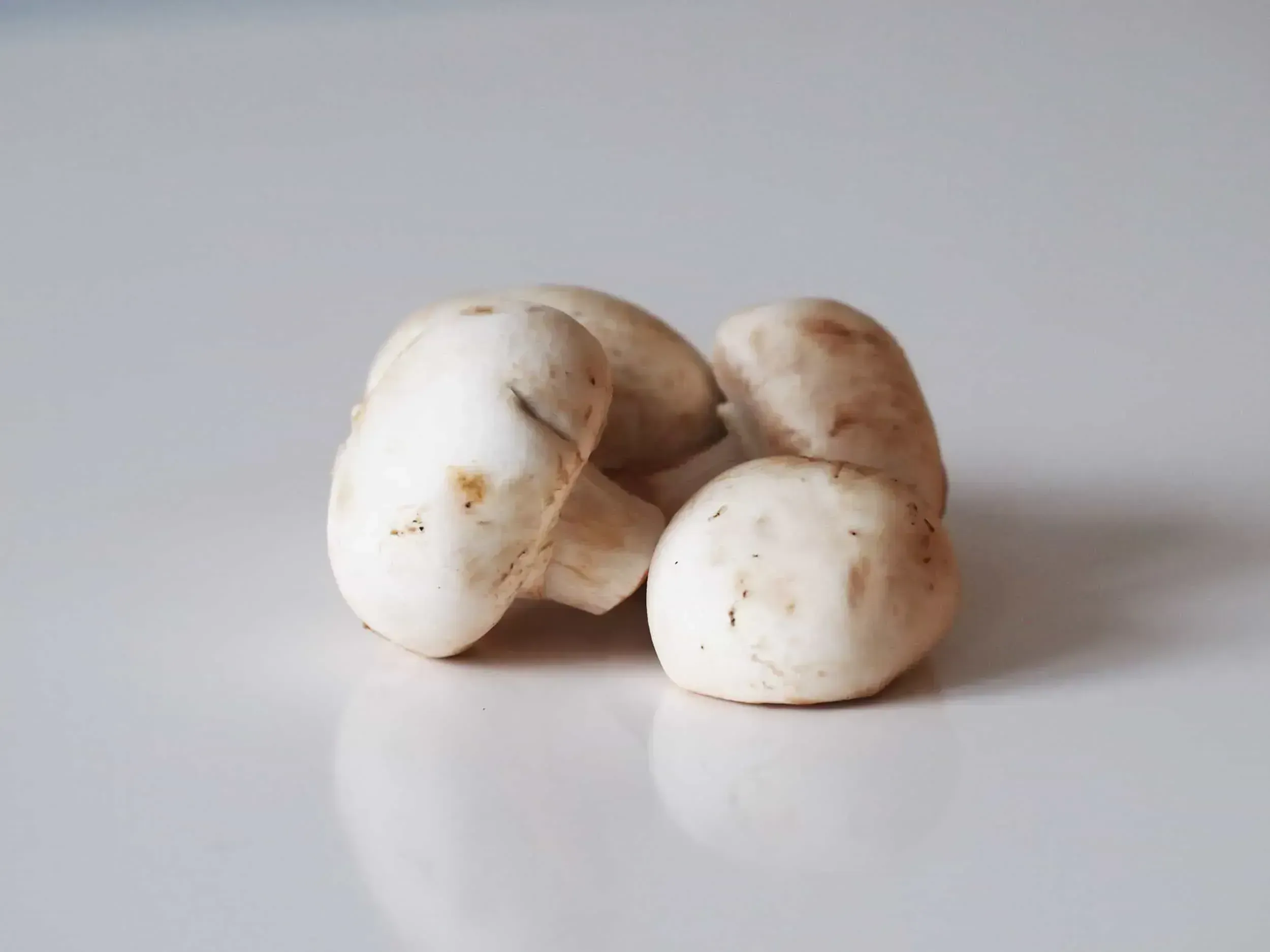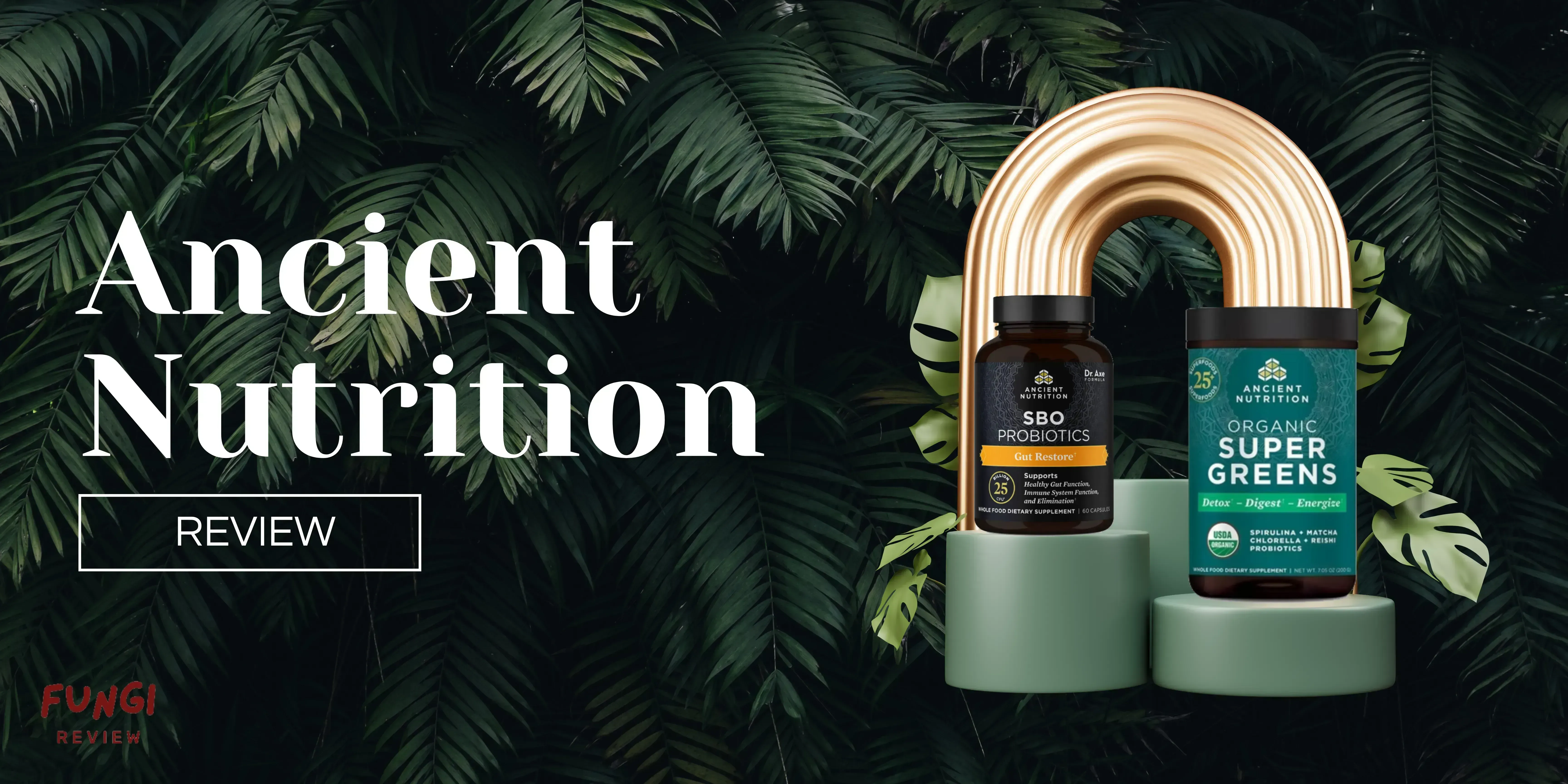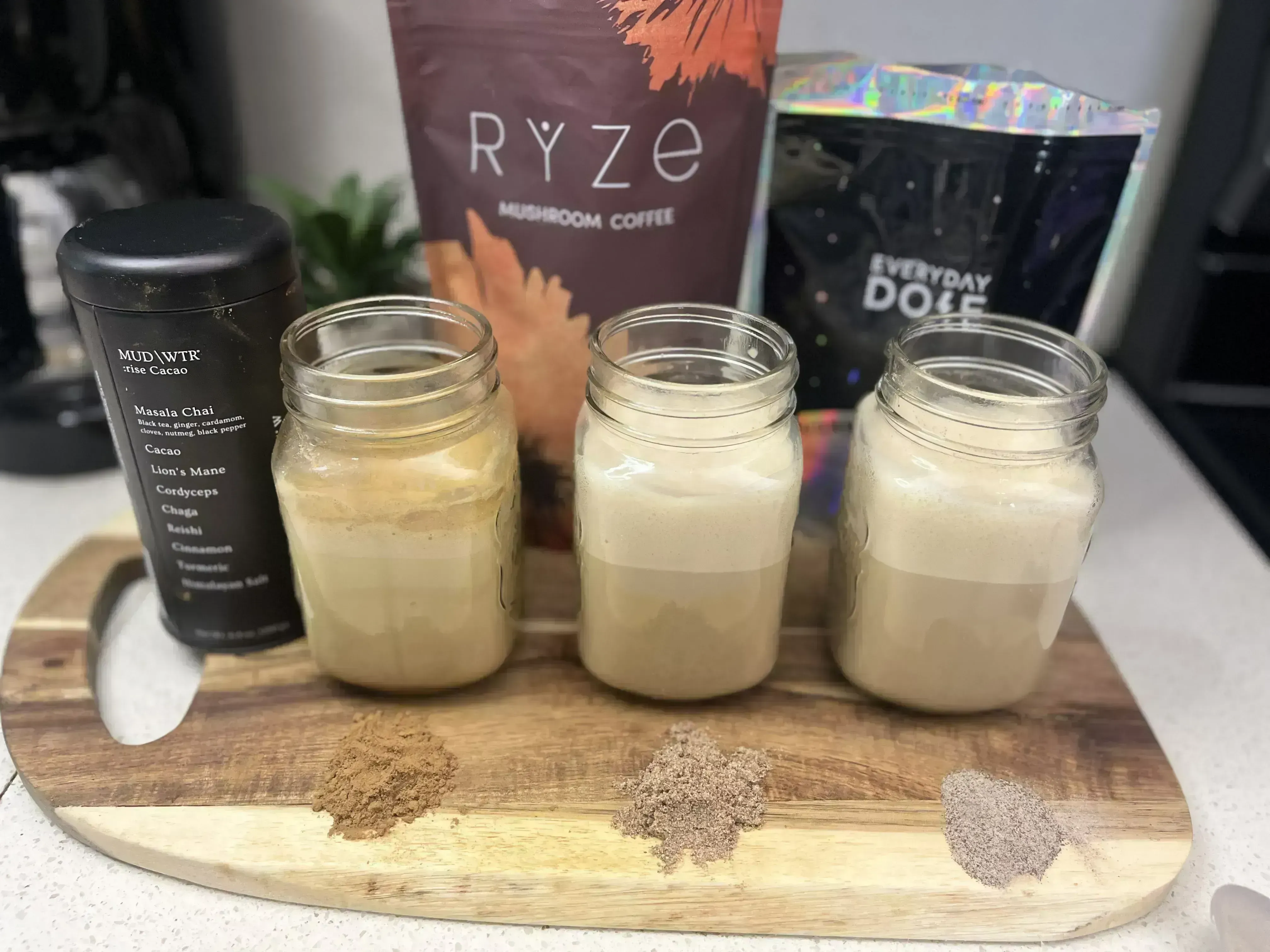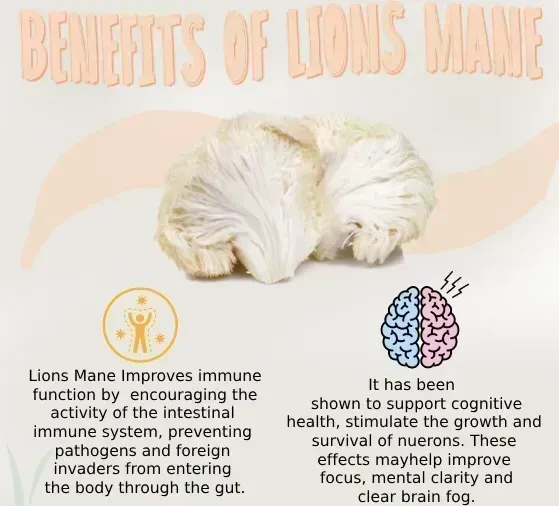Mushrooms are a versatile and delicious addition to countless recipes, but many people wonder: can you eat raw mushrooms? While these fungi are often enjoyed cooked, the idea of eating them raw raises questions about safety, nutrition, and taste. In this guide, we’ll explore the benefits and risks of consuming raw mushrooms, dive deeper into their health impacts, and share detailed tips on how to enjoy them safely.
Can You Eat Raw Mushrooms? A Guide to Common Types of Edible Mushrooms
Before diving into whether mushrooms can be eaten raw, it’s important to understand the varieties commonly found in kitchens. These varieties not only differ in taste and texture but also in how they react to being consumed raw:
-
Button Mushrooms: The most popular variety, also known as white mushrooms. These are often eaten raw in salads due to their mild taste and tender texture.
-
Portobello Mushrooms: Known for their meaty texture and rich flavor, they’re typically cooked but can be consumed raw in thin slices for a unique addition to wraps or sandwiches.
-
Shiitake Mushrooms: Prized for their earthy flavor, shiitakes are rarely eaten raw because of their tougher texture and strong, sometimes bitter taste. Cooking tends to mellow their intensity.
-
Oyster Mushrooms: These delicate mushrooms are mild and tender enough to be eaten raw, though cooking enhances their natural flavor and aroma.
-
Cremini Mushrooms: Often referred to as baby bella mushrooms, creminis offer a slightly firmer bite than button mushrooms and can be eaten raw or cooked.
-
King Oyster Mushrooms: These mushrooms can be eaten raw, though this is uncommon due to their tough texture and metallic taste. Cooking transforms their dense structure into a tender and savory texture, making them a popular meat substitute in vegetarian and vegan cuisine.
Each type of mushroom has a unique profile, making some more suited to raw consumption than others.
Introduction to Edible Mushrooms
Mushrooms are a fascinating and diverse group of organisms that have been a part of human cuisine for centuries. With over 14,000 known species, only a small fraction are considered edible and safe for consumption. Edible mushrooms can be found in various forms, including fresh, dried, and processed, and can be prepared in a multitude of ways, including raw, cooked, and fermented. In this article, we will explore the world of edible mushrooms, focusing on the types that can be eaten raw, those that should be cooked, and the potential risks associated with consuming raw mushrooms.
Nutritional Benefits of Mushrooms
Mushrooms are a nutritional powerhouse. They’re low in calories yet high in essential nutrients, making them an ideal food for those seeking healthy options. Here’s what you’ll find inside these fungi:
-
Vitamin D: Mushrooms are one of the few plant-based sources of this essential vitamin. Interestingly, mushrooms exposed to sunlight or UV light can produce even higher amounts of vitamin D, supporting bone health and immune function.
-
B Vitamins: Including riboflavin, niacin, and pantothenic acid, these vitamins support energy production, enhance cognitive function, and help maintain healthy skin.
-
Antioxidants: Mushrooms contain powerful antioxidants like selenium and ergothioneine, which combat oxidative stress, reduce inflammation, and may even slow aging.
-
Fiber and Protein: Essential for digestion and muscle repair, mushrooms are an excellent addition to vegetarian and vegan diets. Their fiber content promotes gut health, while their protein provides a plant-based alternative for muscle building.
Eating fresh mushrooms raw preserves certain nutrients that might be lost during cooking. However, it’s worth noting that cooking mushrooms can also release compounds that enhance their overall nutritional profile, such as boosting antioxidant levels and improving bioavailability.
Risks of Eating Raw Mushrooms
While mushrooms are generally safe to eat, consuming them raw does come with some potential risks that are worth understanding:
-
Chitin Content: Mushrooms contain chitin, a type of structural fiber that’s challenging for the human digestive system to break down. This can lead to bloating or digestive discomfort in some individuals.
-
Agaritine: Some raw mushrooms, such as button mushrooms, contain agaritine, a naturally occurring compound classified as a hydrazine toxin. Although the health risks are minimal, cooking significantly reduces agaritine levels.
-
Contamination: Mushrooms grow in soil-rich environments, which means they can carry bacteria, mold, or other contaminants if not properly cleaned.
-
Reduced Nutrient Absorption: Raw mushrooms’ tough cell walls may hinder the absorption of some nutrients. Cooking mushrooms helps break down these cell walls, enhancing bioavailability of beneficial compounds like antioxidants.
Pregnant women, in particular, should avoid eating raw mushrooms due to the increased risk of food-borne illness and potential toxins that raw mushrooms may harbor.
It’s important to weigh these risks when deciding to eat mushrooms raw. If you experience digestive discomfort after consuming raw mushrooms, consider switching to cooked varieties.
Types of Mushrooms That Can Be Eaten Raw
While not all mushrooms are safe to eat raw, there are several varieties that can be consumed without cooking. Some of the most common types of mushrooms that can be eaten raw include:
-
Shiitake Mushrooms: Native to East Asia, shiitake mushrooms have a rich, earthy flavor and a firm texture that makes them ideal for raw consumption. However, it’s worth noting that some people might find their raw taste a bit strong.
-
Oyster Mushrooms: With their delicate flavor and soft texture, oyster mushrooms are a popular choice for raw dishes, such as salads and wraps. Their mild taste makes them a versatile ingredient.
-
Button Mushrooms: One of the most widely available types of mushrooms, button mushrooms can be eaten raw and are often used in salads, sandwiches, and other dishes. Their mild flavor and tender texture make them a favorite for raw consumption.
-
Portobello Mushrooms: These large, flat mushrooms have a meaty texture and a rich, earthy flavor that makes them perfect for raw consumption. Thinly sliced, they add a unique taste and texture to salads and sandwiches.
-
Enoki Mushrooms: With their long, thin stems and delicate flavor, Enoki mushrooms are a popular choice for raw dishes, such as salads and soups. Their crunchy texture adds an interesting element to raw preparations.
Mushrooms That Should Never Be Eaten
While some mushrooms can be eaten raw, there are others that should never be consumed, either raw or cooked. Some of the most poisonous mushrooms include:
-
Death Cap Mushrooms: One of the deadliest mushrooms in the world, death cap mushrooms contain a toxin that can cause liver and kidney failure. Even a small amount can be fatal, making them extremely dangerous.
-
Destroying Angels: These mushrooms contain a toxin that can cause severe vomiting, diarrhea, and abdominal pain. They are highly toxic and can be fatal if ingested.
-
False Morel Mushrooms: These mushrooms contain a toxin that can cause vomiting, diarrhea, and abdominal pain. They are often mistaken for true morels, which are edible, but false morels are highly toxic.
-
Poisonous Panther Cap Mushrooms: These mushrooms contain a toxin that can cause vomiting, diarrhea, and abdominal pain. They are similar in appearance to edible mushrooms, making them particularly dangerous.
It’s essential to note that some mushrooms can be toxic even when cooked, so it’s crucial to properly identify any mushroom before consumption. If in doubt, it’s always best to err on the side of caution and avoid eating the mushroom altogether.
Cooking vs. Eating Raw: A Comparison
Cooking mushrooms enhances their flavor, texture, and nutritional value. Let’s break down the differences between raw and cooked mushrooms:
-
Raw Mushrooms: These have a mild, fresh flavor and a firm, slightly spongy texture, making them suitable for salads, wraps, or as garnishes. They’re also lower in calories compared to cooked mushrooms since no fats or oils are added. However, raw mushrooms may lack the depth of flavor that cooking brings out.
-
Cooked Mushrooms: Cooking intensifies the natural umami flavor of mushrooms, making them rich and savory. It also breaks down tough fibers, reducing digestive strain and enhancing nutrient absorption, which is why many people prefer to eat cooked mushrooms. Cooking methods like roasting, sautéing, or grilling can add versatility to your dishes.
Incorporating both raw and cooked mushrooms into your diet ensures you get the best of both worlds—raw mushrooms for their fresh crunch and cooked mushrooms for their enhanced flavor and digestibility.
Safe Ways to Eat Raw Mushrooms
If you enjoy the fresh, earthy taste of raw mushrooms, here are some practical tips to minimize risks and maximize flavor when you consume raw mushrooms:
-
Choose the Right Varieties: Stick to mushrooms known for their mild flavor and digestibility when raw, such as button or oyster mushrooms.
-
Clean Thoroughly: Mushrooms should be washed under cold water and patted dry to remove any residual dirt or potential contaminants. Use a mushroom brush for stubborn particles.
-
Marinate for Flavor and Safety: Marinating raw mushrooms in acidic ingredients like lemon juice or vinegar can help neutralize potential toxins while enhancing their flavor.
-
Slice Thinly: Thin slices are easier to chew and digest, reducing any potential strain on your digestive system.
-
Combine with Complementary Ingredients: Pairing raw mushrooms with healthy fats like olive oil or avocado can improve the absorption of fat-soluble nutrients.
Raw Mushroom Recipes:
-
Mushroom Salad: Combine thinly sliced raw mushrooms with arugula, cherry tomatoes, olive oil, lemon juice, and shaved Parmesan for a fresh, flavorful dish.
-
Raw Mushroom Platter: Serve raw mushrooms alongside hummus, guacamole, or yogurt-based dips for a healthy and satisfying snack.
-
Marinated Mushrooms: Toss raw mushrooms in a mixture of balsamic vinegar, garlic, and herbs, then let them sit for 30 minutes to absorb the flavors.
Conclusion
So, can you eat raw mushrooms? The answer is yes—but with some precautions. While raw mushrooms can be a crunchy and nutritious addition to your meals, cooking them often enhances their flavor, safety, and nutritional value. By understanding the differences between raw and cooked mushrooms and learning how to handle raw varieties properly, you can enjoy mushrooms in a variety of ways.
Whether you prefer your mushrooms raw in a salad or cooked into a savory dish, these versatile fungi remain a valuable addition to any diet. Try experimenting with different preparation methods to find the approach that suits your taste and nutritional needs best.
Have you tried eating raw mushrooms? Share your favorite recipes or experiences in the comments below!





